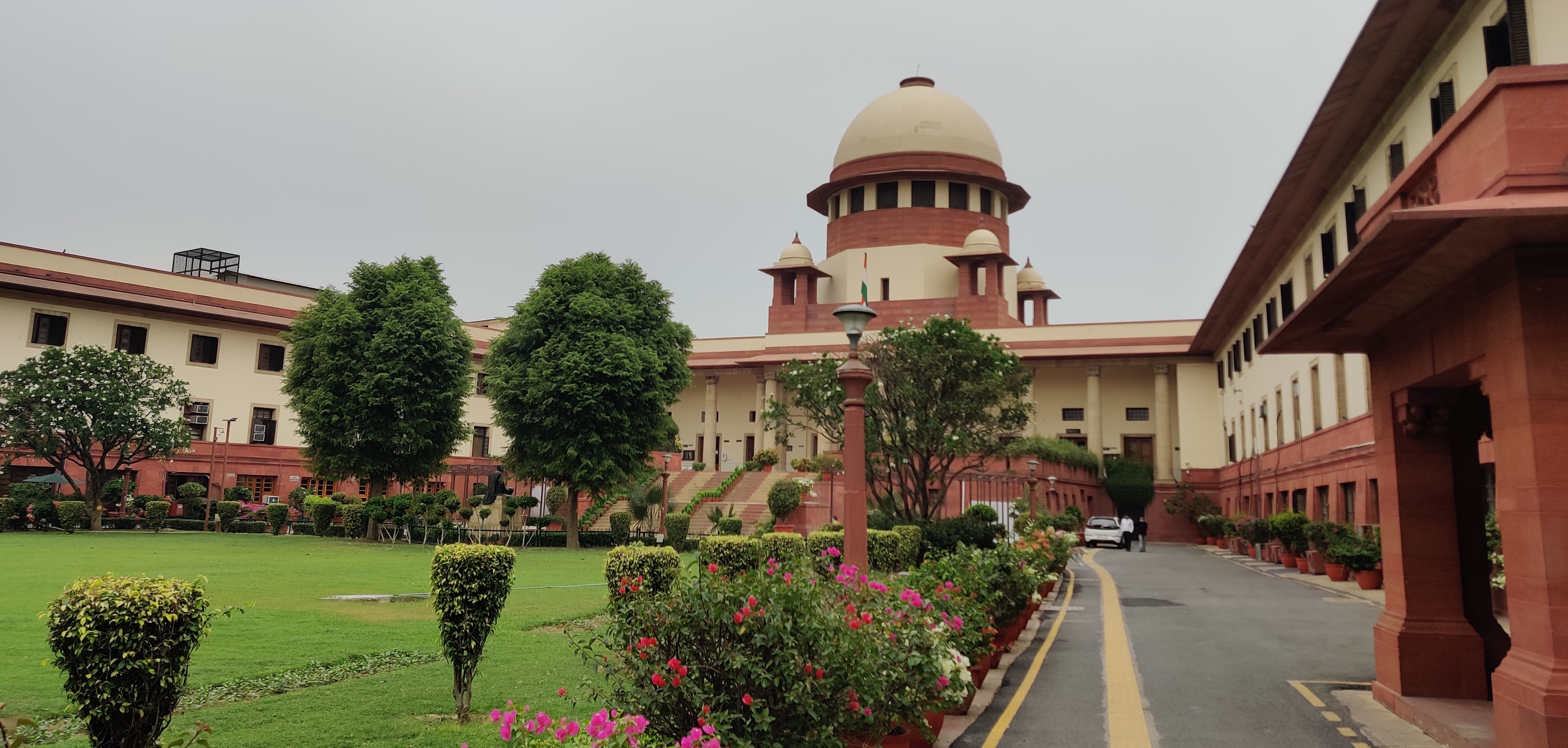 Dispatches
DispatchesIndian law students are reporting for JURIST on law-related developments in and affecting India. This dispatch is from Vedika Chawla, a second-year student at the National Law University, Delhi.
On Thursday, the Indian Supreme Court ruled in its reproductive rights judgement in X v. The Principal Secretary, Health and Family Welfare Department, Govt. of NCT of Delhi & Anr. that ‘rape’ includes marital rape for the purposes of the regulation of abortions and medical termination of pregnancy in the country.
The case before the court was in respect of an unmarried woman who had sought permission to terminate her pregnancy borne out of a consensual relationship. The Medical Termination of Pregnancy Act 1971 (“MTP Act”), after the amendment of 2021, permits the termination of pregnancy within 24 weeks, if it is proven that continuance of such pregnancy will be harmful to the woman and/or the child to be so born. The MTP Act explains further that if the pregnancy is a result of ‘rape,’ the termination may be permitted on the grounds of causing grave injury to the mental health of the woman.
The judgement, which furthered jurisprudence in a progressive direction on more issues than one, made significant advances in this regard. While there is extensive jurisprudence on the legal issue of rape in India, marital rape has not yet been recognized as a crime within the penal code of the country. Under the Indian Penal Code, rape constitutes a crime, but the exception to the section excuses all sexual acts by a man with his wife.
Under the Domestic Violence Act 2005, there is a limited recognition of sexual harassment or assault in a marriage or a live-in relationship, but the remedies granted under the act remain civil in nature. The penal system of the country still stands shy of locating culpability in marital rape.
This provision of exception of marital rape has been increasingly controversial in Indian jurisprudence, especially highlighted by a recent split verdict by the Delhi High Court on the issue of its constitutionality. The Supreme Court is set to hear appeals in this case in February 2023, indicating that a decision on the matter is expected in due time. If recent trends in the Supreme Court are of any indication, the present judgment becomes especially significant since it indicates the development of jurisprudential currents which may be expected to materialize in the near future.
Two observable tendencies have developed in the Supreme Court in the past few decades. Firstly, the Court has, on several occasions in the recent past, utilized verdicts on certain issues to enunciate its position on related but equally, if not more, important issues in a relatively informal manner. Subsequently, relying on these indirect observations and the rationale outlined in the obiter dicta therein, the Court has delivered direct judgements on these issues. A significant example of this trend is visible in the trajectory of the jurisprudence of homosexuality. The Court, over the course of a series of judgements, located personal liberty and autonomy at the center of constitutional dealings. The efforts finally culminated in the 2018 judgement that decriminalized homosexuality. The legalization of same-sex marriage may well be the next step.
Such a movement might seem obvious and only natural in hindsight, insofar as it proves to be a pattern of linear progression, but it may well be a concerted effort of the Supreme Court to organise and architect such a progression. This is reflective of the second trend, which relates to the conscious advances made by the Supreme Court as an institution. Indeed, in the process of delivering judgments that provide non-binding observations on related issues, the Court has chosen to take bold steps in identifying and attempting to answer questions that it is not necessitated to address. The present case, as already outlined, related to an unmarried cis-woman who sought the termination of her pregnancy on the grounds of its continuance causing mental agony since her partner had left her. However, the Court made the conscious choice to address the scope and definition of the term ‘woman’ and clarified that it was not limited to cis-women. The issue of marital rape was not directly raised before the bench, either, but was nevertheless discussed and dealt with. While it may be argued that this is against the spirit of judicial minimalism, such pronouncements progressively advance the jurisprudence to protect essential rights of individuals and must be understood beneficially.
These recent trends collectively may be attributed to the renewed spirit of the current constitution of the Supreme Court, perhaps led by the freshly appointed Chief Justice U. U. Lalit, to secure constitutional and fundamental rights of individuals. They represent an attempt to provide protections in line with contemporary challenges and questions. The recognition of marital rape, albeit in a limited scope, allows women to secure their bodily autonomy and protect their interests in a matter that has the potential to drastically affect their lives. This perhaps even lays the foundation for the court to possibly criminalize marital rape altogether in the course of a case to be decided next year.

